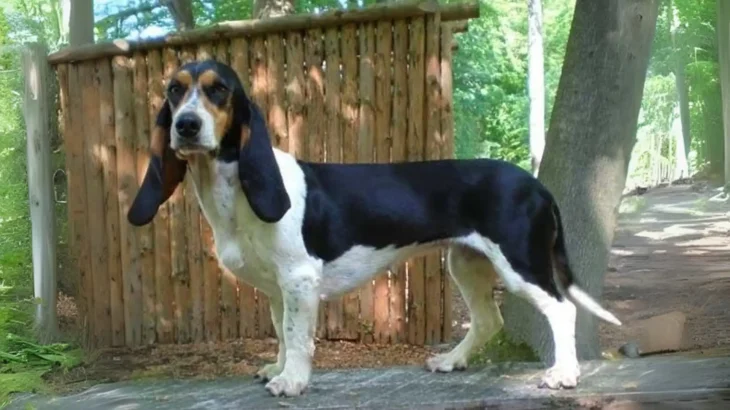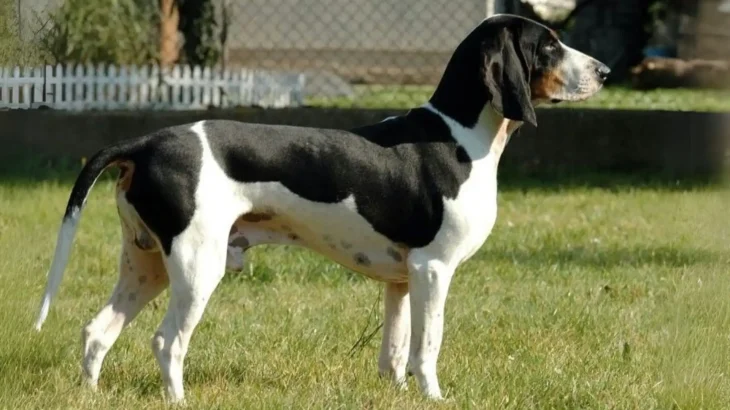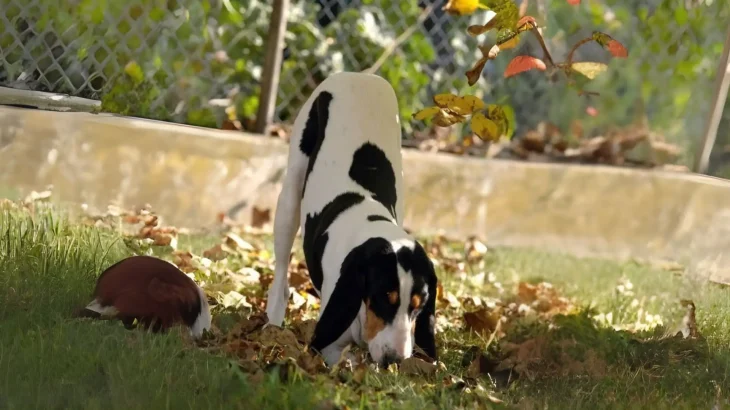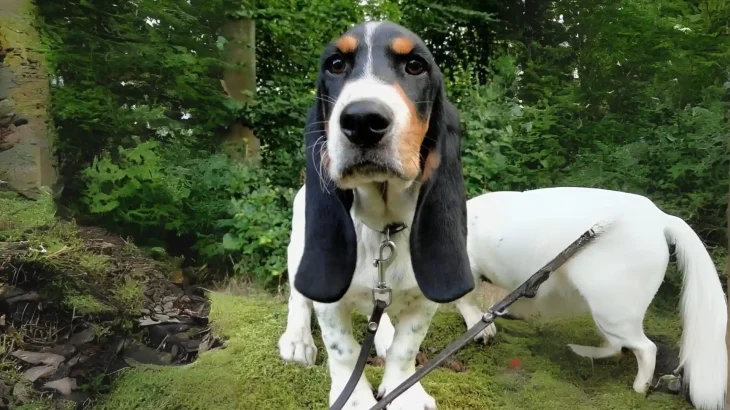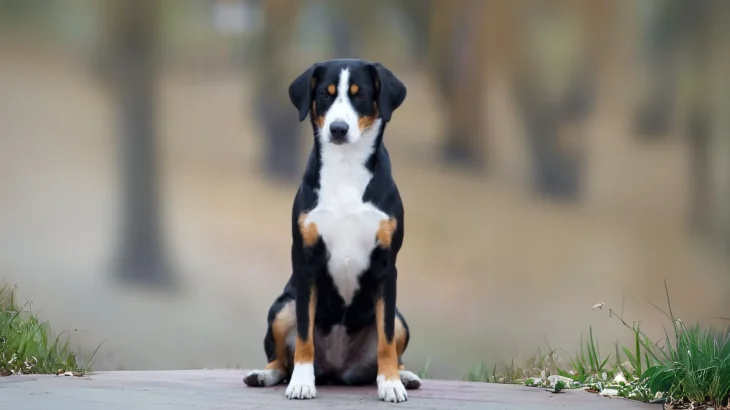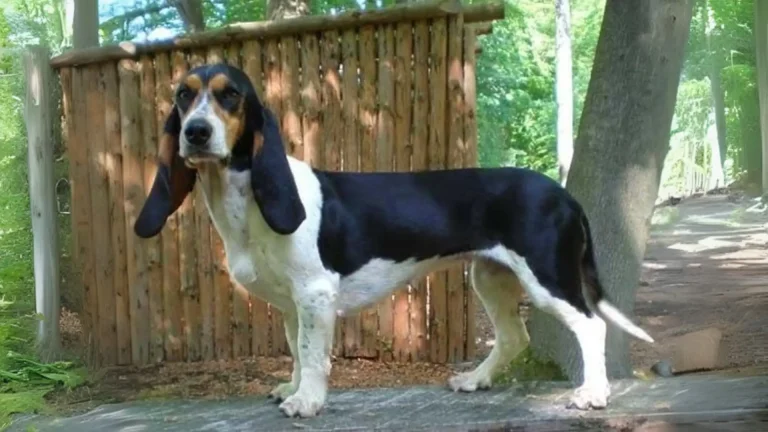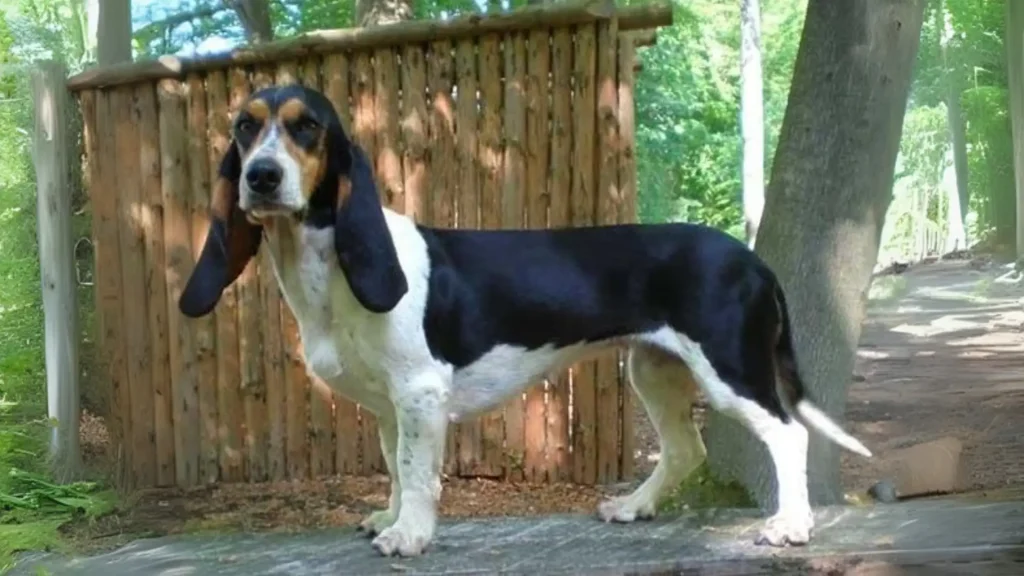Choosing between adopting or purchasing a Bernese Hound puppy comes down to balancing factors like cost, health transparency, and support. Purchasing from a reputable breeder often means guaranteed pedigree and health information, whereas adopting can be a more budget-friendly choice with the rewarding chance to give a dog a second chance. Both paths have unique benefits depending on what matters most to you.
Adoption vs. Breeder: Pros & Cons
| Criteria | Buying from Breeder | Adopting from Shelter/Rescue |
|---|---|---|
| Cost | Higher initial price reflecting purebred status and breeder care, generally $1,000-$2,500. | Lower adoption fees, usually $100-$400, often includes initial medical care. |
| Health History | Comprehensive health records and genetic screenings to reduce inherited issues. | Health history may be limited or unknown; shelters provide basic exams and vaccinations. |
| Age Availability | Typically available as puppies, allowing early socialization and training. | Wide range of ages including adult and senior dogs. |
| Temperament Insight | Breeders provide info based on lineage and early puppy behavior. | Shelter staff share observations but full background may be unclear. |
| Supporting Practices | Supports selective breeding to maintain breed standards, with ethical breeders. | Supports animal welfare by rescuing dogs and reducing shelter populations. |
| Ethical Considerations | Requires careful breeder selection to avoid puppy mills or unethical practices. | Gives a home to dogs who might otherwise remain in shelter or be euthanized. |

